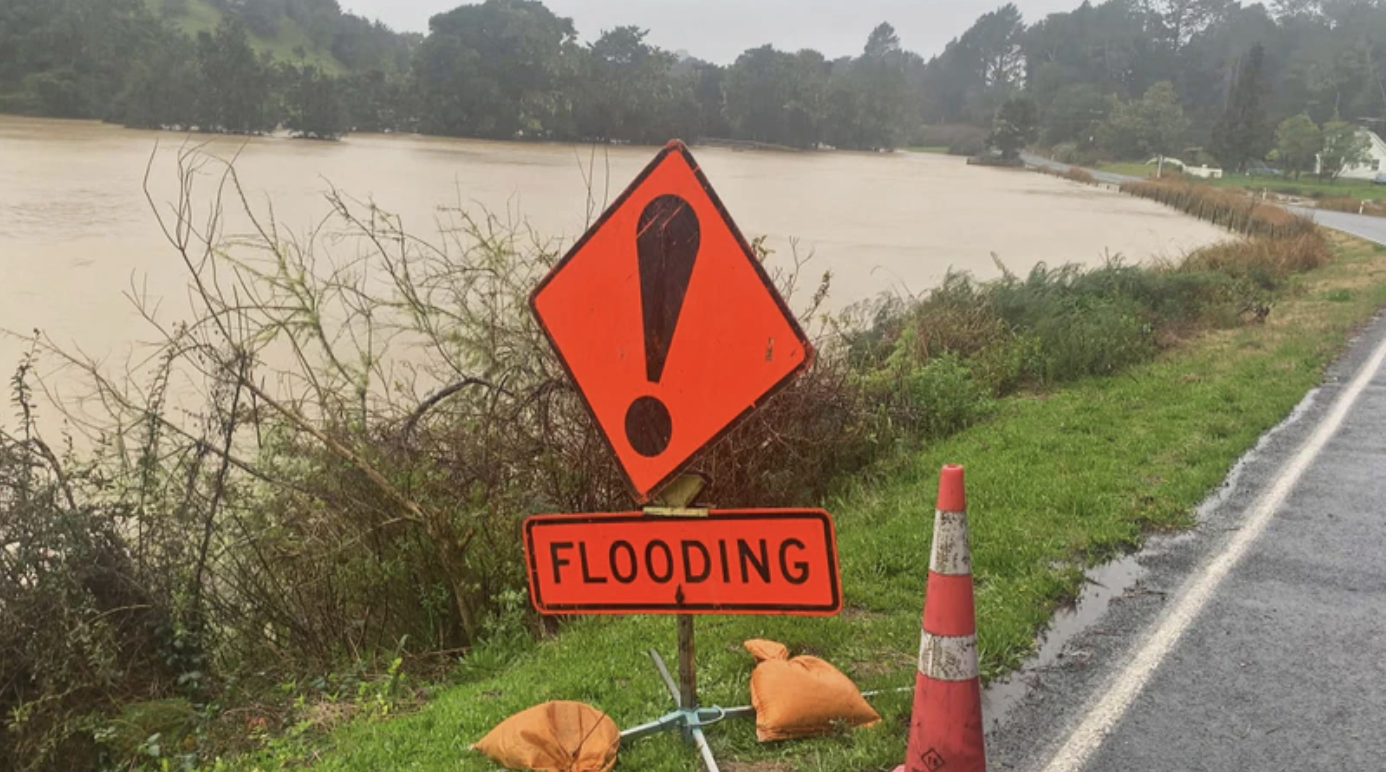
An estimated 70,000 houses in coastal areas around the country are vulnerable to the effects of climate change, with thousands more located near waterways at risk.
On Wednesday, Climate Change Minister James Shaw released the final version of the Government’s broad-ranging National Adaptation Plan to deal with climate change’s impacts over the next six years. It outlines the tandem roles central and local government, Māori and te ao Māori perspectives, the private sector, researchers and individuals can play.
“The National Adaptation Plan means that as well as working to reduce our climate pollution through the Emissions Reduction Plan, we will also be prepared for the unavoidable changes we know are coming,” Shaw said.
The document is the first of its kind in New Zealand. It brings together more than 120 actions – many of which are already underway – that form the blueprint to protect “lives, livelihoods, homes, businesses and infrastructure”.
It warns that action needed to be taken sooner rather than later, otherwise the impacts of climate change would disproportionately affect Māori, people with disabilities, low-income families and rural communities.
It comes after months of public consultation on a draft version of the plan. During that time, New Zealand faced a spate of extreme weather events, including flooding in the likes of Canterbury and Otago. Meanwhile, weather-related insurance claims continued to increase.
The final plan’s actions remain largely similar to its draft. However, the Government has brought forward its overall timeframe to pass legislation to support managed retreat from 2022-2025 to 2022-2024.
A proposed framework for how managed retreat would be managed would be set out in the Climate Adaptation Bill, which is expected to be introduced in Parliament by the end of 2023.
That legislation would “address the complex technical, legal and financial issues associated with managed retreat” that weren’t yet adequately covered in existing laws. The process involves relocating assets and sites of cultural significance within a planned period of time once other options – such as avoiding building near coastal areas, holding back the ocean with walls or raising structures – were considered.
Also included in the plan is a call for councils to “avoid locking in inappropriate land use” or “closing off adaptation pathways” before the Government completes its Resource Management Act reforms. It coincides with “significant pressure” on councils to enable further development to address a lack of housing.
Shaw said the Government would be more directive in the future about where infrastructure could be built.
To better inform people looking to buy homes, the plan outlines changes to legal requirements for recording natural hazard information, such as potential erosion or subsidence, on Land Information Memorandum reports. At the moment, the way councils outlined those risks in LIM reports were “haphazard” and inconsistent, Shaw said.
An additional information sheet would also be provided to give these prospective buyers a better understanding of how their insurance premiums could be impacted by climate change.
Progress on actions included in the adaptation plan will be reported annually to “enable accountability”.
Who pays?
Shaw repeated earlier sentiments expressed by the Prime Minister that the Government was unwilling to “bear every risk and cost of climate change” in the report. He said asset owners, insurance companies, banks and the local government sector would also have to stump up.
“It will always be much more cost-effective to invest early in climate resilience than to live with the costs of inaction,” he said.
However, how exactly those costs would be divided wasn’t included in the report.
Shaw said it was difficult to know how expensive managed retreat would be, should residents in an area choose it, because each community was different.
The Government would put a “hardship lens” over any of its funding decisions to make sure money is directed at groups who couldn’t otherwise pay to adapt to climate change, Shaw said.
He said the Climate Adaptation Bill would address “at least part of that funding challenge”. He added that there wasn’t a single pot of money for adaptation measures because there would be “a number of financing tools to deal with different parts of the problem”.
Sandy Morrison, Waikato University Head of Māori and Indigenous Studies and Deep South Challenge researcher, said the plan is a step in the right direction and acknowledged the value of Mātauranga Māori.
“It has acknowledged work undertaken in the past and drawn on it to think about future work programmes which are time-bound and goal-oriented. It notes that there are some of the elements needed to ramp up adaptation.
“Would have liked to see a clearer strategy though.”
Conservationist and Forest and Bird CEO Nicola Toki told Breakfast the adaptation plan “gives New Zealanders the opportunity to use the benefits of nature to give us a bit of resilience”.
She said many Kiwis were now seeing the effects of climate change, such as in recent extreme weather events, and that adaptation meant dealing with the fact that people’s lives were already being disrupted.
Data released in May projected sea levels were rising faster than previously expected in some parts of the country, including Auckland and Wellington. Climate change, warming temperatures and land subsidence were contributing factors.
The plan follows the country’s first national climate change risk assessment, which was published in 2020. That assessment identified that the most significant climate change risks to New Zealand included impacts on buildings, deteriorating social cohesion, exacerbated inequities, high economic costs, and poor long-term planning.
Research in 2021 found that even if New Zealand brought its net emissions down to zero, the world had already “baked in a certain level of sea level rise” with current warming.
Originally posted by 1News

